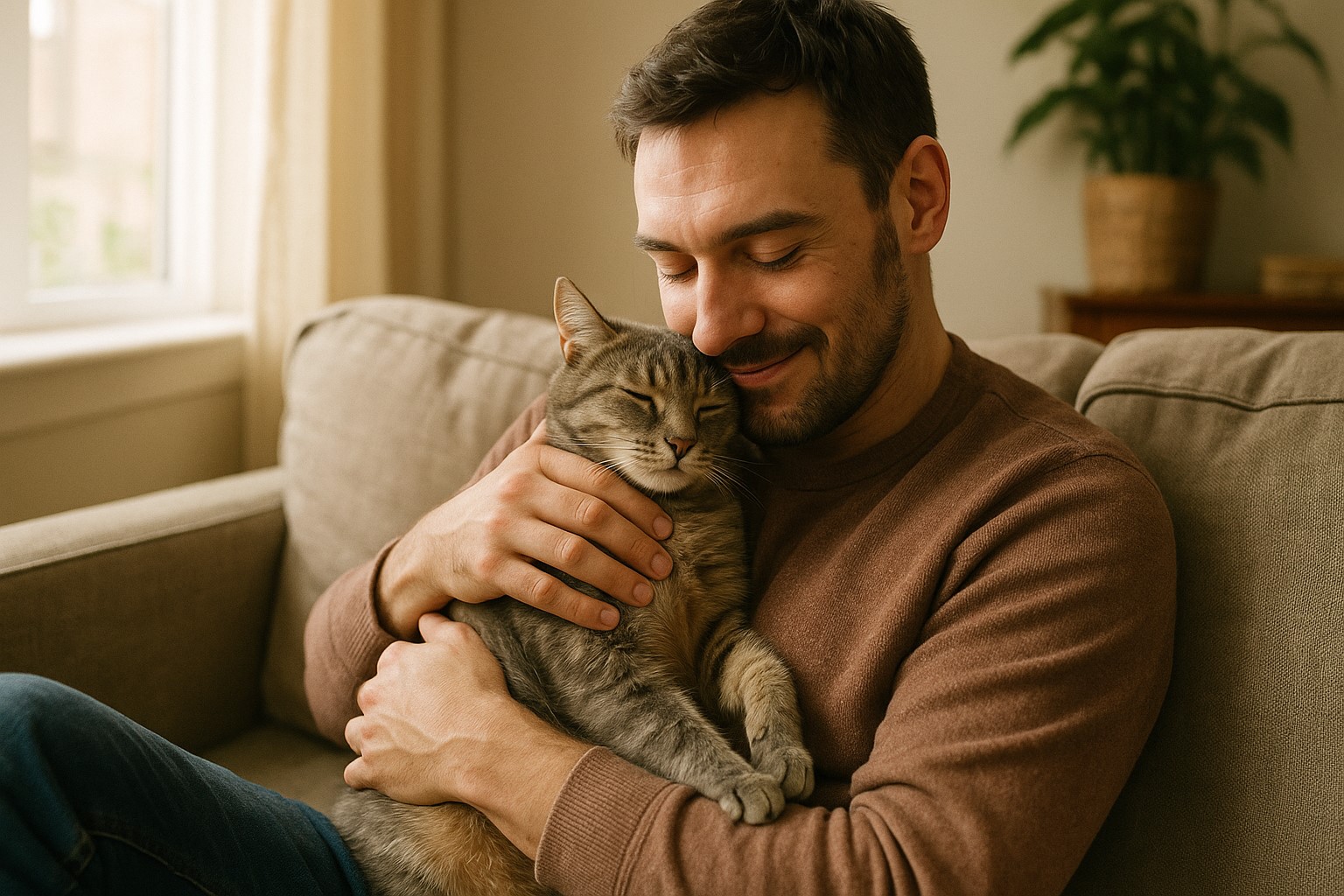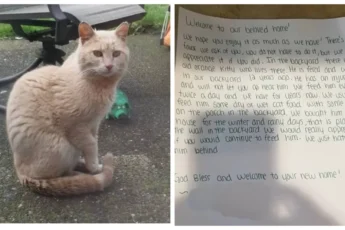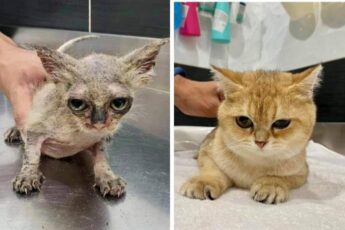There’s something undeniably comforting about hugging your pet — that warm fur, the steady breathing, the way your stress seems to melt away for a moment. But have you ever wondered why it feels so good? Or how your pet perceives it?
Scientists have spent years studying the emotional connection between humans and animals, and the results reveal something beautiful: hugging your pet isn’t just a sweet gesture — it’s a biological, emotional exchange that benefits both of you.
1. The Hormone of Love: Oxytocin
When you hug your dog or cat, your brain releases oxytocin — often called the “love hormone.” It’s the same chemical that strengthens the bond between mothers and babies.
Studies show that oxytocin levels rise in both humans and pets during gentle physical contact. This shared hormonal response explains why hugging your animal can make you feel calm, loved, and emotionally balanced — and why your pet’s eyes soften when you do it.
2. Lowering Stress — For Both Sides
Physical touch has measurable health effects. Just a few minutes of petting or cuddling can reduce cortisol (the stress hormone) and lower blood pressure. Dogs, too, experience decreased heart rates and more stable breathing during calm interactions.
So when you wrap your arms around your dog or cat after a long day, you’re literally helping both of you decompress.
3. Communication Without Words
Pets don’t interpret hugs exactly the way humans do — especially cats. For them, close contact is a learned form of communication. Over time, they associate gentle touch and body closeness with safety, warmth, and belonging.
A dog might nuzzle into your shoulder; a cat might press its head against you. These are all their ways of “hugging back.”
4. When Hugs Aren’t Their Thing
It’s important to remember that not every animal enjoys being hugged. Some dogs feel trapped or uncomfortable when restrained. Cats, in particular, prefer gentle, short contact instead of long embraces.
The key is to read their body language: relaxed muscles, wagging tail, or a slow blink mean “yes”; stiff posture or turning away means “please give me space.”
Respect builds trust — and when they’re ready, they’ll come closer on their own.
5. The Emotional Mirror
Animals are masters at reading human emotions. If you approach your pet while calm and loving, they sense your mood and respond in kind. A hug, in that moment, becomes a mirror — a quiet emotional synchronization. It’s not about control or ownership; it’s about mutual comfort.
6. The Healing Effect of Physical Connection
Therapy animals are living proof of how powerful physical touch can be. Hospitals, nursing homes, and schools use animal-assisted therapy to reduce anxiety and improve mood. The science behind it? The same oxytocin response — multiplied by empathy and warmth.
Simply holding a pet releases tension, lowers heart rate, and even boosts serotonin, the “happiness” neurotransmitter.
7. Why We Crave It
Humans are social creatures. Touch is fundamental to our well-being — it signals trust, safety, and love. In modern life, where many people experience loneliness or digital overload, pets often fill that emotional gap. A hug with your dog or cat becomes more than affection; it’s a grounding experience — a reminder that connection still exists in its purest form.
Final Thoughts
The next time you hug your pet, remember — it’s more than a cute moment. It’s science and love intertwined.
Your heartbeat slows, your brain releases oxytocin, and your pet feels the warmth of your care.
A single hug can say a thousand words — all without speaking a single one.











